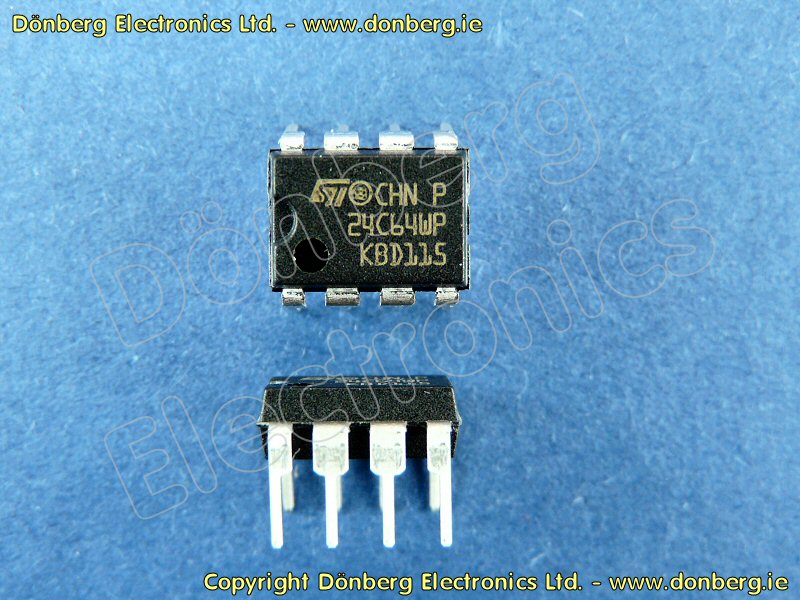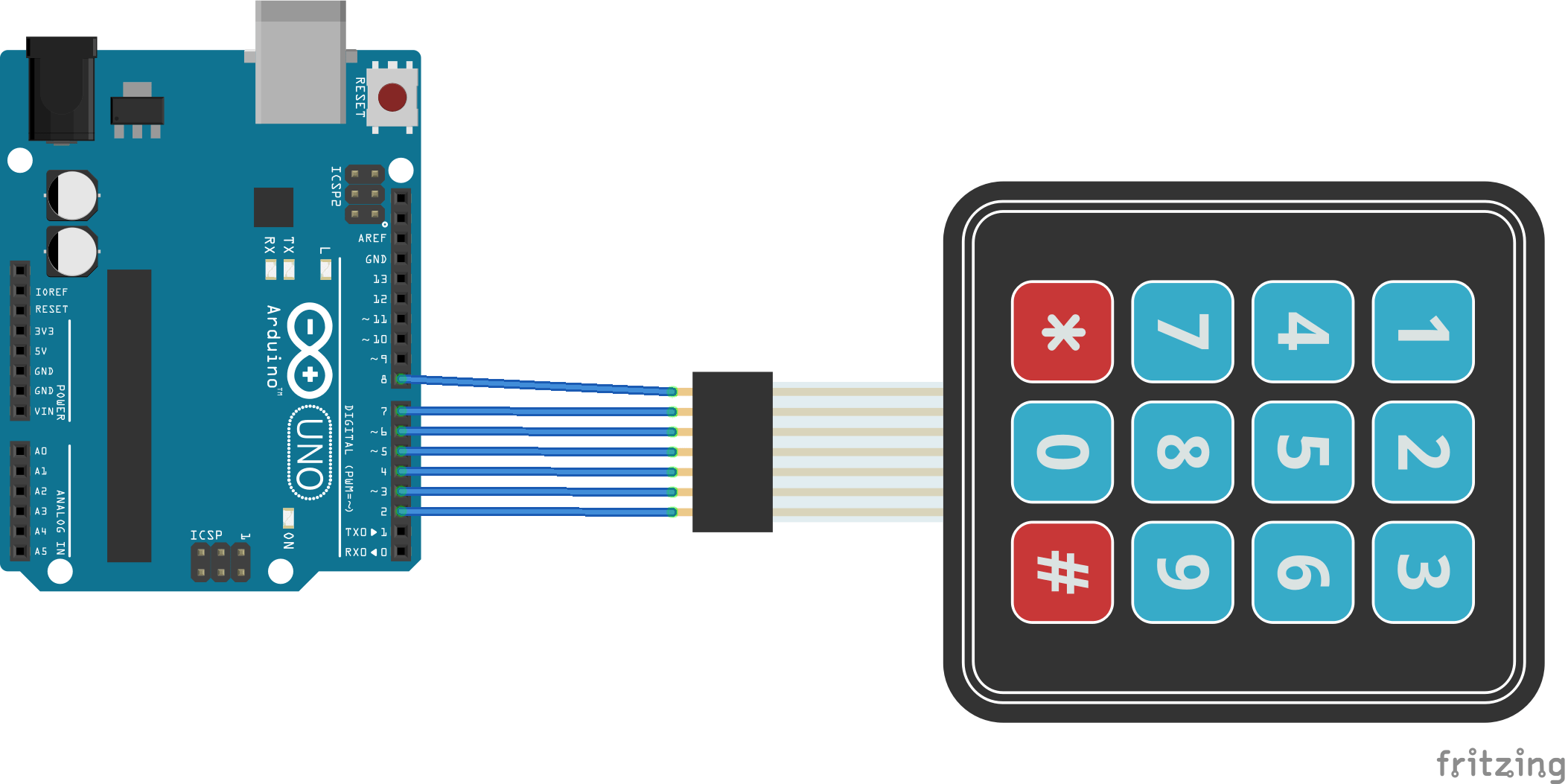

Then, LCD displays the data on the screen.

LCD stores the received data in the data resistor since the RS pin is HIGH. Arduino shield RTC, EEPROM, TEMPERATURE on i2c bus. The process of sending data (to be displayed) to LCD: Arduino sets RS pin to HIGH (to select data register) Arduino writes data to D4 D7 pins (data bus). If you don't use delay() you can do other stuff in between reading the accelerometer. Arduino I2C I/O Expander 14 Digital I/O and 4(8) Analog Input.

You can control how often you read the data but that is dependent on your requirements. The master (you) will have to request the data from the slave (accelerometer) and then read the data. The only way you will know if the value read from the accelerometer is too "high" is to read it. Other suggestions are more than welcome, thanks! I don't have the most experience with i2c and this is the only idea I have come up with. I am basically trying to get away from the "busy-wait" method to free up some processing power. By using simple i2c and SPI input/output expanders we have reduced the number of pins (only 2 pins are needed for i2c) while still making it easy to interface with the LCD. We wanted to make a 'backpack' (add-on circuit) that would reduce the number of pins without a lot of expense. Instead of constantly reading the data and comparing it, I was curious if there is a way I can interrupt the main program if a value read from the accelerometer is too high. LCDs are a fun and easy way to have your microcontroller project talk back to you. In my application, I only want to perform some actions if I receive a value from the accelerometer that is above a certain threshold. h library in Arduino Core to interface LCD 16×2 display via the. Click Upload button on Arduino IDE to upload code to Arduino. The ESP32 has 2 I2C buses: The I2C0 bus is the one used by default by the Arduino libraries. Copy the above code and open with Arduino IDE.
Arduino libraries for keypad interface on 12c bus install#
Click Install button to install LiquidCrystalI2C library. Search 'LiquidCrystal I2C', then find the LiquidCrystalI2C library by Frank de Brabander. I plan to use the i2c bus of an Arduino Nano Every to interface with an external sensor (accelerometer). On Arduino IDE, Go to Tools Manage Libraries. I am basically wondering if I am able to use interrupts with the 12c bus.


 0 kommentar(er)
0 kommentar(er)
